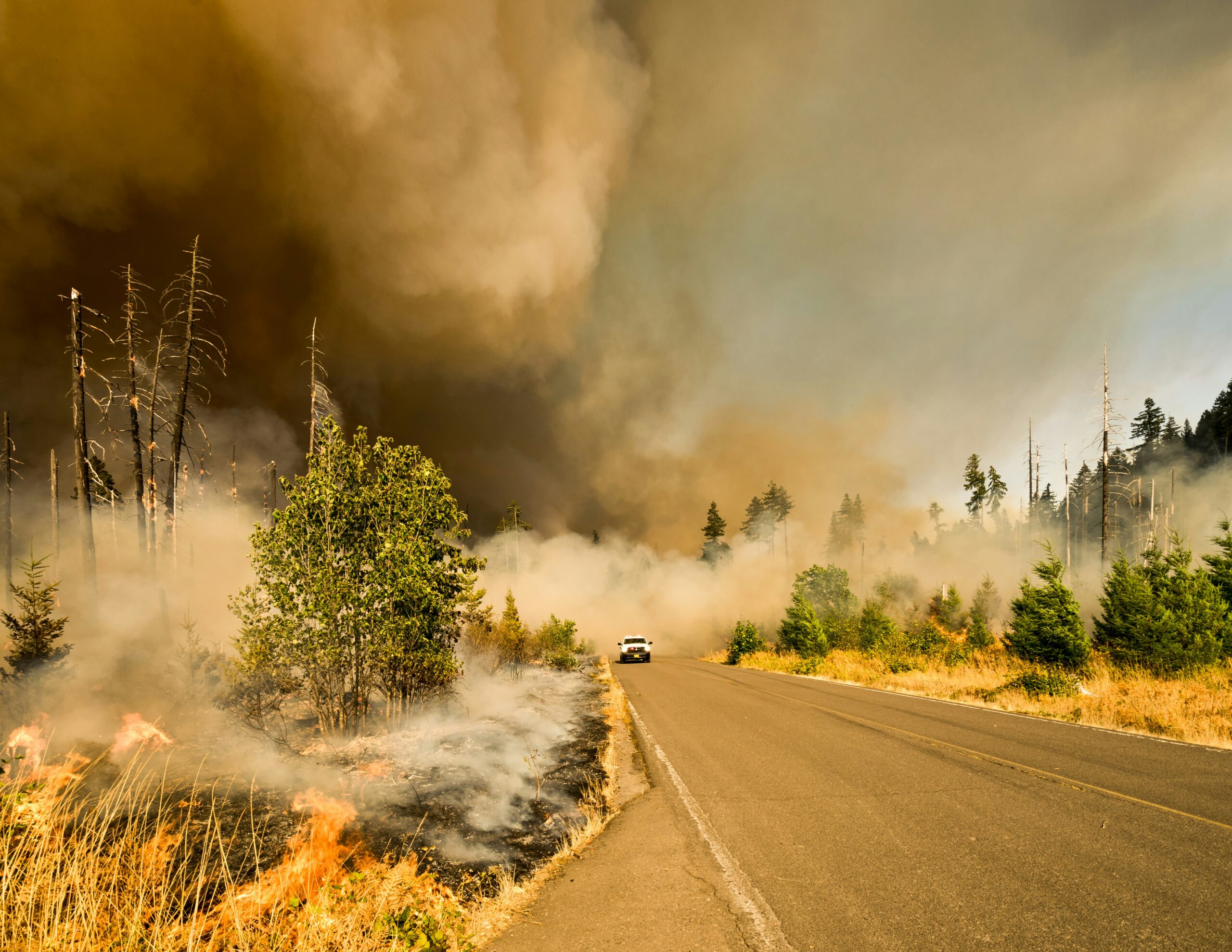The Great Vermont Flood

Introduction: The Catastrophic Event
A year has passed since the Great Vermont Flood devastated the region, leaving an indelible mark on both the landscape and its inhabitants. The unprecedented event, which unfolded over several days, saw relentless rainfall result in widespread flooding that overwhelmed rivers and reservoirs. The magnitude of this disaster was immense, with over 500 homes destroyed or severely damaged, displacing thousands of residents from their communities. Tragically, the flood claimed the lives of 25 individuals, leaving families and friends in mourning.
The economic repercussions were equally staggering. Estimates place the financial cost at over $1 billion, encompassing infrastructure repairs, emergency services, and long-term rebuilding efforts. Hard-hit areas included towns such as Montpelier, Barre, and Waterbury, where the floodwaters were particularly unforgiving. Bridges and roads were washed away, cutting off vital access and complicating rescue efforts. In the immediate aftermath, emergency response teams, including Vermont Red Crossers, mobilized swiftly to provide relief and support to those affected.
Initial responses were characterized by a remarkable show of solidarity and resilience. Volunteers from the Vermont Red Cross, alongside local and federal agencies, worked tirelessly to provide shelter, food, and medical assistance. Temporary shelters were set up in schools and community centers, offering a safe haven for those who had lost everything. The coordination of resources was crucial in these early days, as first responders navigated the challenging terrain and adverse conditions to reach isolated areas.
As we reflect on the anniversary of this catastrophic event, it is essential to recognize the long-term effects and ongoing recovery efforts. The Great Vermont Flood not only reshaped the physical landscape but also tested the fortitude of its people. In the following sections, we will delve deeper into the personal stories of Vermont Red Crossers, shedding light on their experiences and contributions to the recovery process.
Immediate Aftermath: Red Cross Response
The Vermont Red Cross swiftly mobilized in response to the devastating flood, which wreaked havoc across the state. Within hours of the disaster, Red Crossers were on the ground, initiating search and rescue missions to locate and assist those trapped by rising waters. The immediate priority was to ensure the safety and well-being of affected residents, and volunteers worked tirelessly around the clock to achieve this goal.
Emergency shelters were established in record time, providing refuge for hundreds of displaced individuals. These shelters not only offered a safe haven but also supplied essential items such as food, water, and medical care. The logistical challenges were immense, but the dedication of the Vermont Red Cross volunteers and staff ensured that operations ran smoothly. Stories emerged of volunteers wading through waist-high waters to deliver supplies, and staff members working tirelessly to coordinate relief efforts.
One notable account is that of Sarah Thompson, a Red Cross volunteer who had just completed her disaster response training. Sarah described the initial chaos and the overwhelming need for immediate action. “It was unlike anything I had ever experienced. The water levels were rising so fast, and people were in dire need of help. We had to act quickly and decisively,” she recalled. Despite the daunting circumstances, Sarah and her fellow volunteers managed to set up an emergency shelter in a local high school gymnasium within hours, providing critical support to those affected.
Another compelling story is that of Tom Jenkins, a seasoned Red Cross staff member, who led a team in the distribution of essential supplies. “The biggest challenge was ensuring that everyone had what they needed, from clean drinking water to blankets and medical supplies,” Tom noted. His team faced numerous obstacles, including damaged infrastructure and limited access to certain areas, yet their unwavering commitment never faltered.
These early efforts by the Vermont Red Cross were instrumental in stabilizing the immediate aftermath of the flood. The dedication and resilience of the Red Crossers not only provided much-needed relief but also laid the groundwork for the long-term recovery efforts that would follow.
Long-term Recovery: Rebuilding Lives and Communities
The aftermath of the devastating flood in Vermont has seen a year of relentless efforts to rebuild lives and communities. The Vermont Red Cross has been at the forefront of these recovery initiatives, providing crucial support to flood victims. One of the primary focuses has been on rebuilding homes, ensuring that families have a safe and secure place to return to. Through partnerships with local contractors and volunteers, the Red Cross has facilitated the reconstruction of numerous homes, significantly impacting the affected neighborhoods.
Beyond physical reconstruction, the Vermont Red Cross has placed a strong emphasis on mental health services. The trauma of losing one’s home and the subsequent uncertainty can have long-lasting psychological effects. To address this, the organization has launched several mental health programs, offering counseling and support groups. These initiatives have been instrumental in helping survivors navigate their emotions and rebuild their mental well-being.
Financial assistance has also been a critical component of the recovery process. Many flood victims faced significant financial burdens, from home repairs to replacing lost belongings. The Red Cross has provided grants and low-interest loans to help alleviate these financial strains. This support has enabled many families to begin rebuilding their lives without the added stress of financial instability.
Community rebuilding projects have further strengthened the sense of solidarity and resilience among Vermont residents. The Red Cross has organized numerous community events and projects, from rebuilding local parks to restoring community centers. These efforts have not only restored physical spaces but have also fostered a renewed sense of community spirit.
Personal stories of survivors highlight the profound impact of these recovery efforts. For instance, Sarah, a single mother of two, lost her home in the flood. With the help of the Vermont Red Cross, she was able to rebuild her house and receive the mental health support she needed to overcome the trauma. Today, Sarah and her children are thriving, a testament to the effectiveness of the comprehensive recovery programs.
As Vermont continues to recover, the ongoing support from the Red Cross and the collective effort of the community remain crucial. These initiatives have not only rebuilt homes but have also restored hope and resilience among the flood-affected residents.
Reflections and Lessons Learned
The Great Vermont Flood serves as a poignant reminder of the unpredictable nature of natural disasters and the crucial role that preparedness and community response play in mitigating their impact. Over the past year, the Vermont Red Cross has undertaken a comprehensive review of their disaster response strategies, leading to significant improvements in both preparedness and operational efficiency. Enhanced training programs for volunteers, coupled with the integration of advanced technology for swift communication and coordination, have fortified the organization’s ability to respond more effectively to future emergencies.
Red Crossers who were on the ground during the flood have shared profound insights into the emotional and personal toll of their work. Many have reflected on the resilience displayed by the Vermont community, emphasizing how collective spirit and mutual support were pivotal in overcoming the immediate aftermath of the disaster. These experiences have underscored the importance of mental health resources for both the victims and the responders, prompting the Vermont Red Cross to incorporate comprehensive psychological support systems into their disaster response plans.
Additionally, the Great Vermont Flood has highlighted the necessity of engaging local communities in disaster preparedness. The Red Cross has since launched a series of community outreach programs aimed at educating residents about emergency procedures and the importance of having a disaster preparedness plan in place. These initiatives have not only increased public awareness but have also fostered a culture of readiness and resilience across Vermont.
Looking ahead, the lessons learned from the Great Vermont Flood continue to shape the Red Cross’s approach to disaster management. The organization remains committed to refining their response strategies and strengthening community partnerships, ensuring that Vermont is better equipped to face any future adversities. The collective experiences and insights gained from this tragedy have made it clear that resilience, coupled with proactive preparedness, is key to navigating the challenges posed by natural disasters.
Baba Vanga’s 2025 Predictions Will Shock You: The Beginning of the End
Introduction to Baba Vanga and Her PredictionsBaba Vanga, a blind Bulgarian mystic, has in…










